Ertach Kernow - Around Cornwall with Cyrus Redding
People who are long past can still provide us with interesting and valuable information and insight albeit they are virtually forgotten. One of the earliest antique books I bought as a collector and for research was ‘An illustrated itinerary of the county of Cornwall by Cyrus Redding, published in 1842. Now almost 180 years old it seemed a shame that Cyrus as a person is mostly unknown, although his work is being shared regularly by many writers relating to his observations of his times.
Unlike others who had produced an itinerary of their travels around Cornwall, Cyrus was actually born here, although his parents were immigrants from England. Born to Robert and Joanna Redding in Penryn in on 2nd February 1785, his father was a Calvinist Baptist minister firstly in Falmouth and then Kenwyn. Educated at home by his father, probably along with his siblings he produced some juvenile verses which he had printed showing his interest in the written word. He seems to have also attended the Truro grammar school. In 1801 aged sixteen he was apprenticed to one Joseph Tregoning a printer in Truro, this perhaps was the start of his working life as a journalist and writer.
In 1806 he had moved to London working as a journalist, then at the Plymouth Chronicle in 1808. Returning to Cornwall, in June 1810 he contributed to the founding of and editing the ‘West Briton and Cornwall Advertiser’. Travelling to France in 1814 he edited Galignani’s Messenger between 1815 and 1818 and continued over the next few years to work on several magazines and journals before settling down to writing books. During his travels in France, he collected information that would help him with his ‘History and Description of Modern Wines’ which was very successful.
Cyrus’ father had died when he was 22 in 1807 and his mother some six years later. He married Julia Ann Moyle from Chacewater in 1812, they had no children and Julia died in 1828 aged just 37. Cyrus married again, Emma aged 24 years his junior and they had two children.
Throughout his long life he met a considerable number of interesting people and later wrote about his memories of them in a three-volume book ‘Fifty Years, recollections, literary and personal, with observations on men and things’. He says of one of his earliest memories ‘I have a perfect recollection of John Wesley when I was a mere child. He stood preaching upon a heap of Norway timber on the quay at Falmouth . A servant taking me out to walk , I saw him in a black gown, his long white hair over his shoulders, as in his portraits, at which I stared as at something wonderful.’
Whilst working at the West Briton newspaper Cyrus met the artist J M W Turner during one of his early trips, sketching and painting around Cornwall, forging a friendship. Redding was impressed by Turners ability to create a painting from sketches that would seem almost unintelligible to a stranger. His vivid accounts of Turner’s interaction with people and his character have provided a valuable insight into one of Britain’s most loved artists. Turner certainly created some wonderful artwork from his trips around Cornwall creating a valuable legacy of views from those times.
There was distinct rivalry in Cornwall between the Whig and Tory parties during the first half of the 19th century. This was a period when reform of Parliament was a major issue along with Catholic emancipation. The Royal Cornwall Gazette was a Tory supporting newspaper and The West Briton know to be Whig, advocating reform and change. In order not to detrimentally effect income from advertising Cyrus needed to keep his reforming opinions under wraps. Unfortunately, sometimes an opinion would leak out and result in loss of advertising revenue.
Towards the end of his life Dr John Wolcott, who helped promote artist John Opie the ‘Cornish Wonder’, became a friend of Cyrus in London. Earlier, Wolcott had settled in Truro as a medical practitioner and on a visit to Nankevell relatives in Mithian had met Opie. Under the pseudonym Peter Pinder he had become a well-known writer and satirist and it was no wonder that Cyrus was drawn to him. From Wolcott, Cyrus learned much about John Opie and some comments have been included within his books of recollections. An interesting Cornish remedy from the recollections of Dr Wolcott relayed to Redding was the cure for rheumatism. He says ‘I had formidable rivals in the west not quacks, but old women. Many of their nostrums do good I do not know how. The most extraordinary of these I ever met with, was the water of a boiled thunderbolt to cure the rheumatism.’ ‘A boiled thunderbolt?’ ‘Yes, and I discovered what a thunderbolt was. I took it out of the water where an old woman had been boiling it for some hours. It proved to be a celt, one of those relics of old times often found in Cornwall, that puzzle our wise-headed antiquaries so much, to say if it is a chisel or a spear head.’
When compiling information on his Cornish book Cyrus travelled around Cornwall on foot. he later lamented that a considerable number had been published, but they were being sold at two thirds of their published price. Cyrus related his feelings of melancholy about a visit to Cornwall where he comments about the loss of old friends, tavern signs had changed names and shops no longer bore recognisable names. Perhaps feelings that many of us in Cornwall today can associate with. He writes, ‘new streets had sprung up, and cast the older ones into the shade as to extent, neatness, and even elegance of construction.’ Visits to churchyards to visit his relatives and an old sweetheart who had died young and buried without a memorial stone led him whilst watching the surf to compose a poem.
He writes in his recollections ‘I had thought of a history of the Duchy of Cornwall, beginning with its institution under Edward III., when Fowey, one of its towns, sent more ships to the king for the siege of Calais, than any other place in the kingdom. Down to the reign of Henry VIIL, I found the duchy consisted of ten castles, nine parks, fifty-three manors, thirteen towns and large tracts of land. At the accession of the house of Hanover, it had been greatly diminished, principally from the Stuart family, converting the property to their own use. The Stannary Laws, the geological, mineralogical, commercial, and agricultural relations of the duchy, and all its statistics, would have been comprehensively treated.’ However, he continues; ‘On making application to the proper authorities for leave to examine certain documents, the property of the trustees of the dukedom, I was informed that there were disputes pending in relation to certain properties, which it would be inconvenient just then to make known. Without information afforded from the documents, for which I applied, I could not proceed satisfactorily.’ This was unfortunate not just for Cyrus but for those of us who would now have appreciated a work such as this over 170 years later.
The role of Cornishmen when a ship was wrecked has often been described as brutal. Redding wrote in their defence ‘Nothing can be more untrue than the charge of Cornish barbarity, since in no part of England shipwrecked persons meet with greater kindness ... On the wreck of the Anson frigate, thirty years ago, not only were the survivors kindly treated, but the efforts made to assist in the escape of the crew were all which were possible in such a dreadful scene.’ Redding goes on to relate the story of an act of bravery by an unidentified man, whom he believed was a 'Methodist teacher, a humble man: who was swept out to sea with his horse while attempting to rescue a third person. The man 'found in this way the proudest death and interment that is destined for humanity, — losing his life in the act of trying to save a fellow-creature from destruction and having the bosom of the ocean for his sepulchre.’
Cyrus died in 1870 at the age of 85, how he was able to forge close relationships with people is illustrated in an obituary. He is described as ‘an amiable man possessed of a very genial spirit and gifted with varied talents and accomplishments. He was privileged to work to the last and retained his elasticity of spirit and the steadfastness of his attachments to old friends to the end.’ Although now mostly forgotten, through his work he has left us a valuable legacy of memories as well as his illustrated itinerary of Cornwall. It was a pleasure to research this man and be able to share something of him and his works.
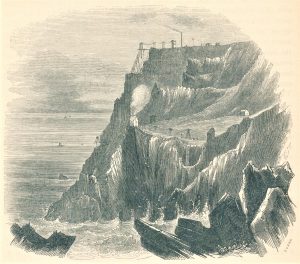
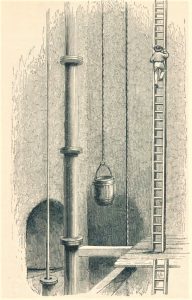
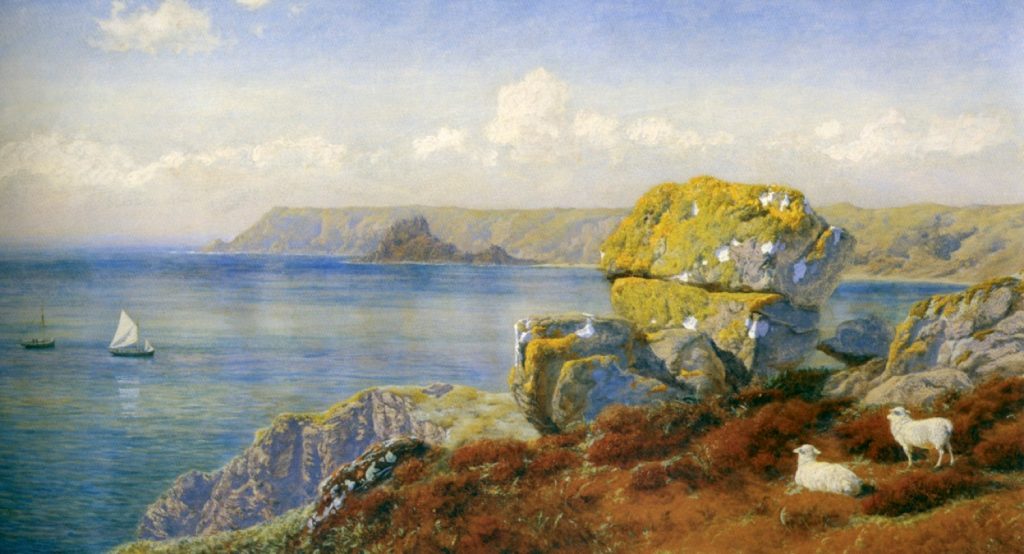
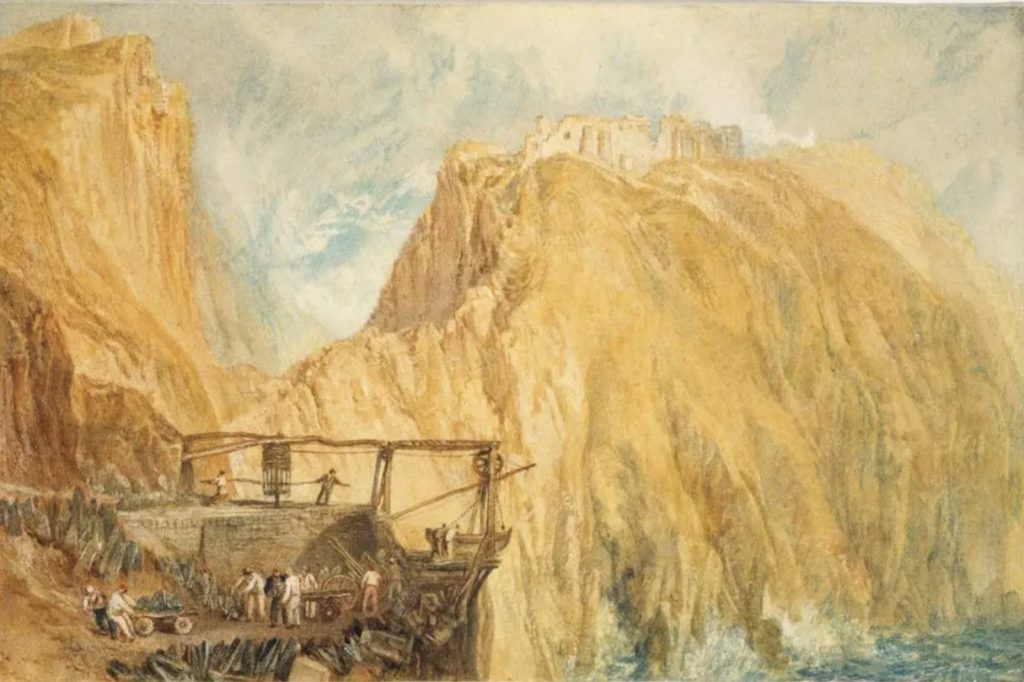
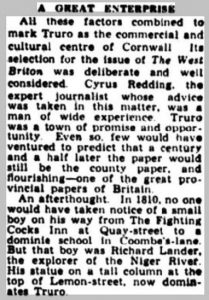
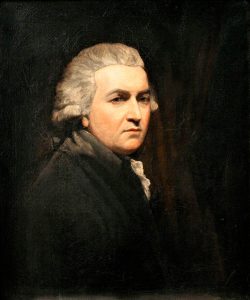
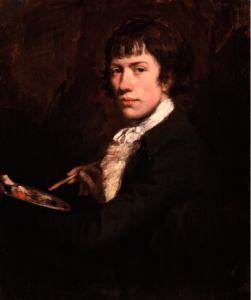
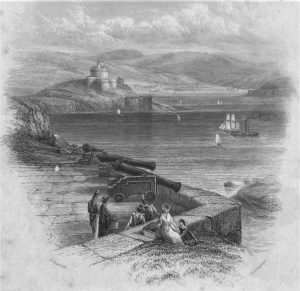
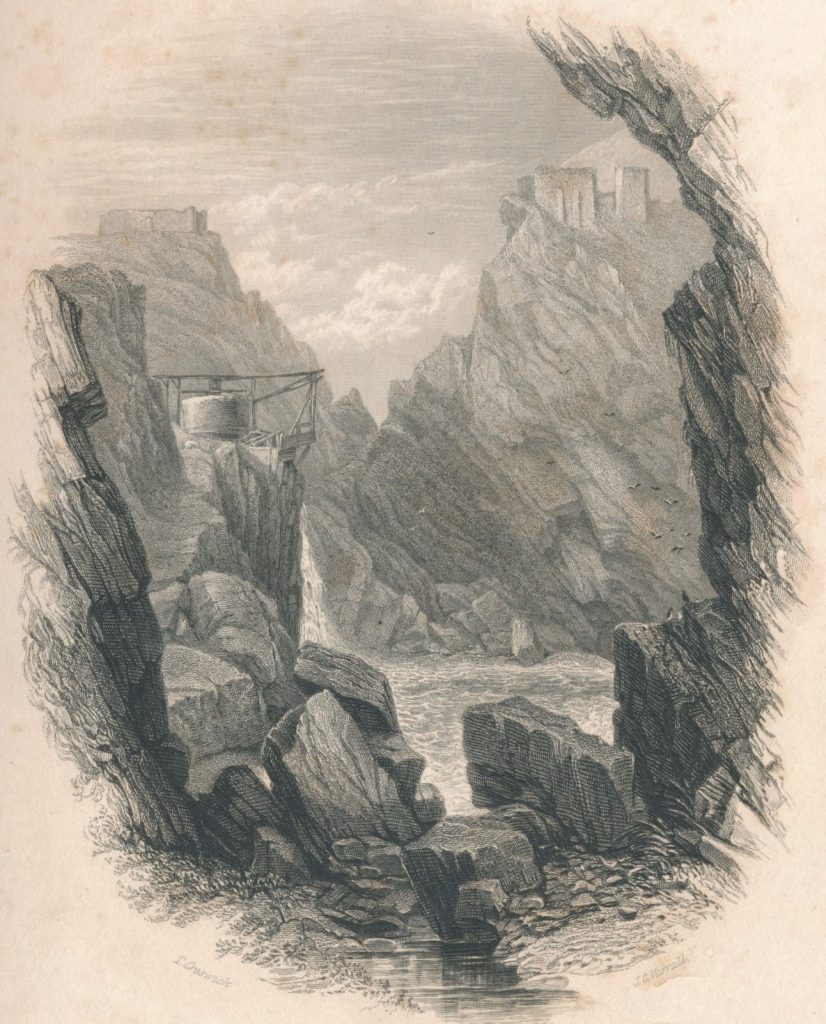
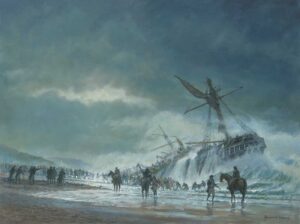
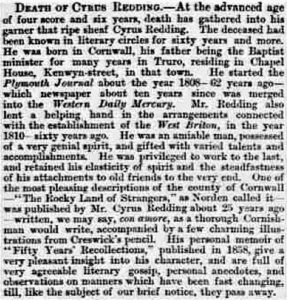
![[71] Voice - Ertach Kernow- 031121A Gone but not forgotten [S] Gone but not forgotten](https://www.cornwallheritage.com/wp-content/uploads/2021/11/71-Voice-Ertach-Kernow-031121A-Gone-but-not-forgotten-S-227x300.jpg)
![[71] Voice - Ertach Kernow- 031121B Gone but not forgotten [S] Ertach Kernow- Gone but not forgotten](https://www.cornwallheritage.com/wp-content/uploads/2021/11/71-Voice-Ertach-Kernow-031121B-Gone-but-not-forgotten-S-231x300.jpg)
![[71] Ertach Kernow Heritage Column - 3rd November 2021 - A new way to view Penwith Ertach Kernow Heritage Column - 3rd November 2021 - A new way to view Penwith](https://www.cornwallheritage.com/wp-content/uploads/2021/11/71-Ertach-Kernow-Heritage-Column-3rd-November-2021-A-new-way-to-view-Penwith-293x300.jpg)